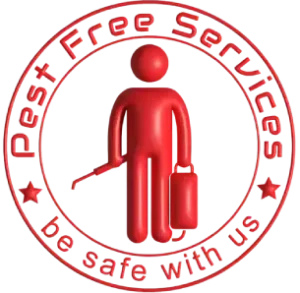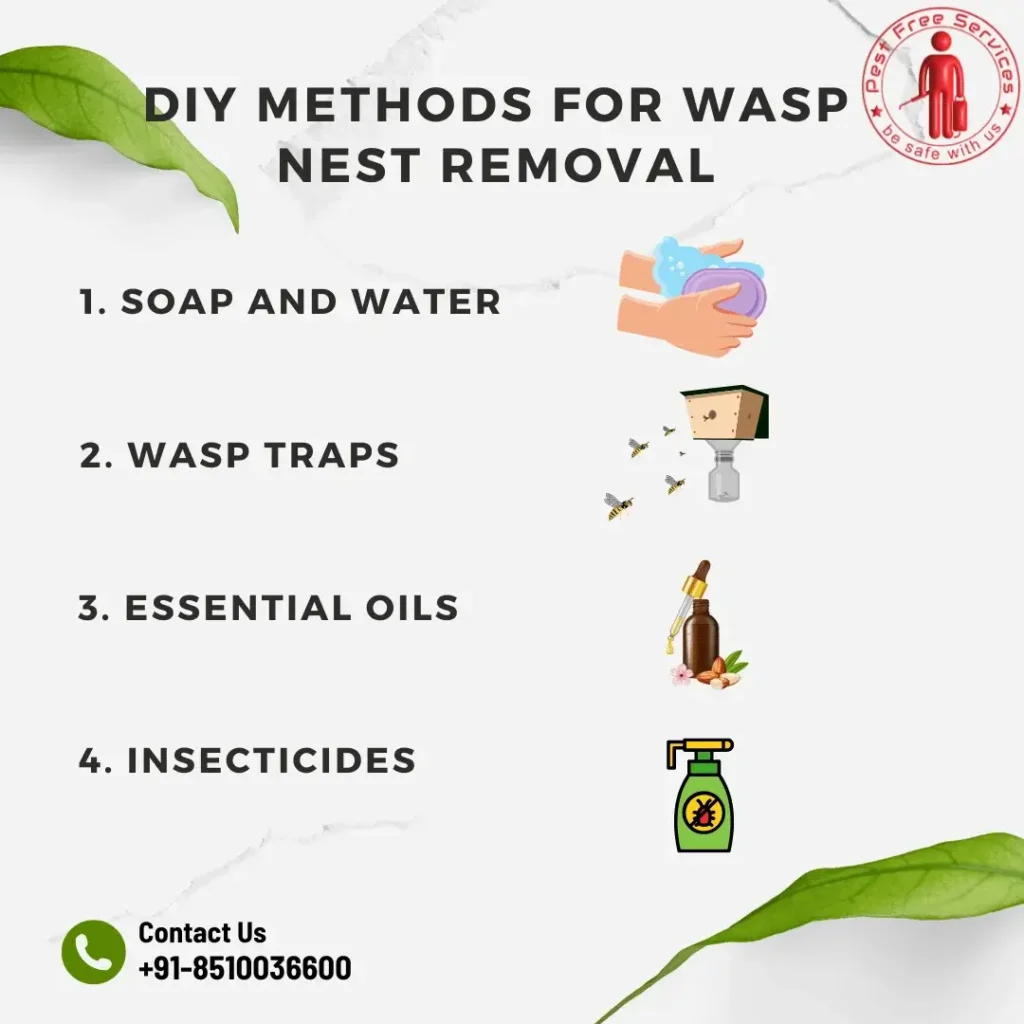
How to Destroy a Wasp Nest
Imagine a hot summer day in your backyard, and suddenly you see movement. This is not the pleasant hum of bees gathering nectar; This is the sudden appearance of a wasp’s nest. Dealing with wasp nests requires careful consideration and, most importantly, quick action. In this article, we will tell you some measures to deal with wasp nests carefully.
Understanding Wasp Behavior
There are different types of wasps, and each wasp has its own unique art of making nests. Some make paper nests, while others make underground nests. Understanding the wasp species and their behavior is very important in order to deal with the problem efficiently. Additionally, wasp nests pose a risk, especially if they sting someone in your household who may develop an allergic reaction to the wasp sting.
Read Also: How does pest control get rid of wasps?
Identifying a Wasp Nest
Early detection is very important when dealing with wasp nests. Which species does it belong to because this makes it easier to manage and the danger also reduces? And then Look for signs such as increased wasp activity near potential nest sites, visible nests, or buzzing sounds. Identifying the nest early allows for safer and more manageable removal.
DIY Methods for Wasp Nest Removal

For the brave souls willing to tackle the issue themselves, DIY removal methods can be effective. However, safety is paramount. Use protective gear, including a wasp spray, and approach the nest cautiously. Ensure you have all the necessary tools before attempting removal.
Here are some DIY methods for removing wasp nests:
- • Soap and water
Mix two tablespoons of dish soap with water in a spray bottle. Spray the nest to suffocate the wasps.
- • Wasp traps
These traps contain a sugary liquid that attracts wasps. The wasps get stuck and drown.
- • Essential oils
Mix lemongrass, clove, and geranium essential oils with some dish soap in a spray bottle. Spray areas where wasps build nests.
- • Insecticides
Spray wasps directly with a pyrethrum-based insecticide. You can also use a foam solution from a distance.
Natural Wasp Repellents
Wasps have a strong sense of smell and dislike the smell of certain plants and other substances. Natural repellents offer a sustainable and safe alternative, ensuring that wasps are deterred without causing harm to other living beings.
Here are some ways to use these repellents:

- • Basil: Basil can be used as a kitchen herb and a pest repellent.
- • Lemongrass: Lemongrass can be planted around your home.
- • Peppermint oil: Cotton balls soaked in peppermint oil can be placed around your property.
- • Cayenne pepper: A spray can be made by mixing 1 teaspoon of cayenne pepper with 1 cup of water.
- • Citronella oil: Citronella oil is often used in commercial bug-repellent products.
Professional Wasp Nest Removal Services
Sometimes, it’s best to leave it to the professionals. Professional exterminators have the expertise and equipment to handle wasp nests safely. Knowing when to seek their assistance is crucial to avoid potential hazards.
Safety Precautions
DIY or professional, safety should always be a top priority. Understand the risks involved, wear protective clothing, and follow recommended safety guidelines. Avoid common mistakes that can escalate the situation.
Preventing Wasp Nests in the Future
Taking preventive measures can save you from future wasp infestations. Regular maintenance of your property, sealing entry points, and removing attractants can discourage wasps from nesting.
Dealing with Allergic Reactions

It’s crucial to recognize allergic reactions to wasp stings. Have an emergency plan in place and seek medical attention if someone experiences severe symptoms.
Common Myths About Wasp Nest Removal
Dispelling myths about wasp nest removal is essential for effective solutions. From the effectiveness of DIY methods to the dangers of certain substances, separating fact from fiction is crucial.
The Impact of Wasp Nests on Property Value
Beyond the immediate threat, wasp nests can affect property value. Addressing these issues promptly not only ensures safety but also contributes to maintaining and even enhancing your property’s value.
Stories of Successful Wasp Nest Removal
Real-life stories can provide insight and motivation. Share your experiences and learn from others who have successfully dealt with wasp nests, creating a community of support and advice.
Environmental Impact
While wasps can be a nuisance, they play a role in the ecosystem. Balancing the need for removal with environmental considerations is essential to maintain a healthy ecological balance.
Conclusion
In conclusion, dealing with a wasp nest requires a combination of knowledge, caution, and sometimes professional intervention. By understanding wasp behavior, taking preventive measures, and dispelling common myths, you can effectively address this common problem and ensure the safety of your household.
FAQs
- 1. Can I remove a wasp nest by myself?
- • DIY removal is possible, but it requires caution and the right equipment. If in doubt, consult a professional.
- 2. Are there natural ways to repel wasps?
- • Yes, certain plants and substances act as natural repellents, offering an eco-friendly alternative to chemical removal.
- 3. How do I recognize an allergic reaction to a wasp sting?
- • Look for symptoms such as difficulty breathing, swelling, or hives. Seek medical help if you observe severe reactions.
- 4. Do wasp nests affect property value?
- • Yes, addressing wasp nests promptly can positively impact property value by preventing potential damage.
- 5. Where can I get professional help for wasp nest removal?
- • Local pest control services or exterminators can assist in safely removing wasp nests.